Enjoy Free Delivery Anywhere in the USA
Halloween Special Lets Check It
Enjoy Free Delivery Anywhere in the USA
Halloween Special Lets Check It
Male (55-57 cm) = (21-22.5 in)
Male (28-36 kg) = (65-80 lbs)
10 to 13 years
The Labrador Retriever, also known as the Labrador or simply Lab, is a British retriever gun dog developed in the United Kingdom from the St. John’s water dogs of Newfoundland, Canada. Named after the Labrador region, this breed has become one of the most commonly kept dogs worldwide, especially in the Western world. Known for being friendly, energetic, and playful, Labradors are valued as sporting and hunting dogs, yet equally loved as companion dogs. Highly intelligent, they thrive with both physical and mental stimulation and can be trained as a guide, assistance, rescue, or therapy dog.
Since the 1830s, figures like the 10th Earl of Home, the 5th Duke of Buccleuch, and Lord John Scott played key roles in importing the breed’s progenitors to Europe, where the 2nd Earl of Malmesbury further developed their expertise in waterfowling. By the 1880s, collaborations among the 3rd Earl of Malmesbury, the 6th Duke of Buccleuch, and the 12th Earl of Home contributed to the development and establishment of the modern Labrador Retriever. Legendary dogs like Buccleuch Avon and Buccleuch Ned, bred by Malmesbury, became the foundation, with their bloodlines, offspring, and ancestors shaping all modern Labradors we know today.
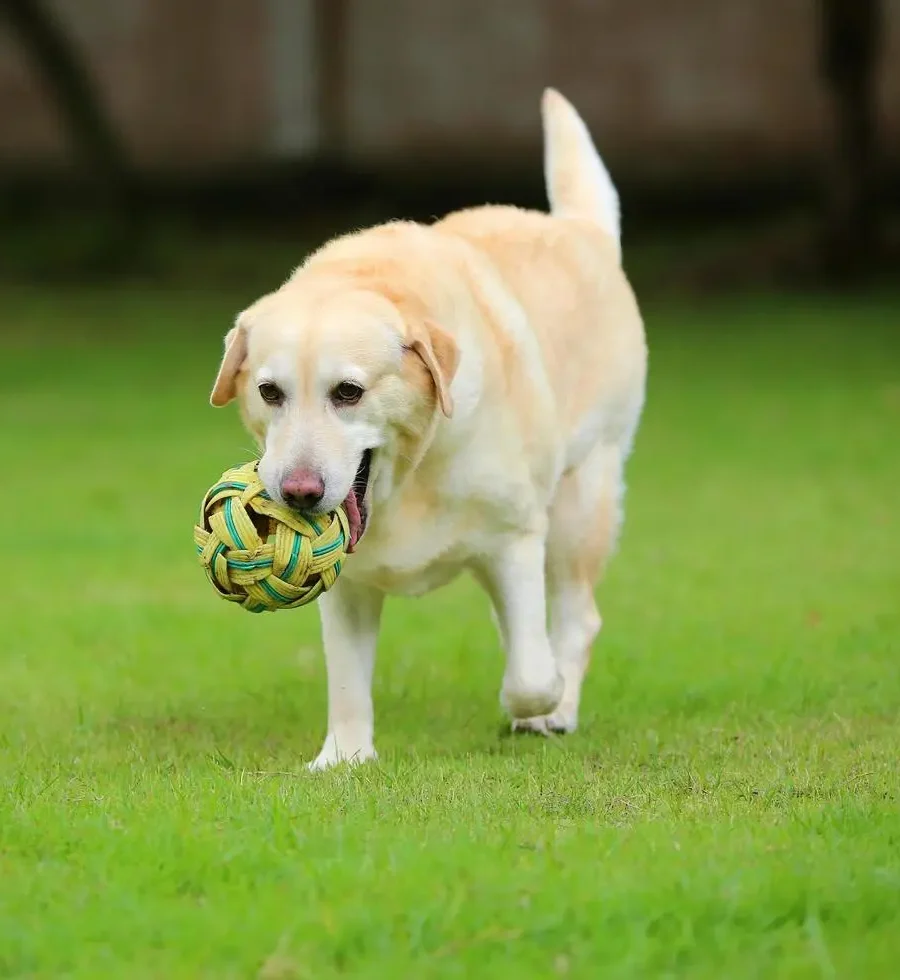
Name
Labrador, Lab
Height
Male (55-57 cm) = (21-22.5 in)
Female (56-57 cm) = (22-22.5 in)
Weight
Male (28-36 kg) = (65-80 lbs)
Female (25-32 kg) = (55-70 lbs)
Coat
Dense, short, protective double coat.
Colour
Black, chocolate or yellow
Lifespan
10 – 13 years
Shed level
Height
Temperament
Friendly
Energy level
Active
Common Health concerns
Ear Infections, Tricuspid Valve Dysplasia, Elbow Dysplasia, Hip Dysplasia
Build
muscular and athletic
Behavior
Friendly, Outgoing, Intelligent, Trainable, Gentle, Loyal
Origin
Newfoundland | United Kingdom
HYPO ALLERGENIC
No
Tendency to Bark
Medium
Playfulness
Height
Trainability
Height
Intelligence
Height
Grooming
Once a week
Coat length
Short
Size of home
Large
Labrador Retrievers are healthy dogs overall, but they can still have some health problems. Good breeders use health tests to check for diseases, but owners should also know the risks and watch for symptoms.
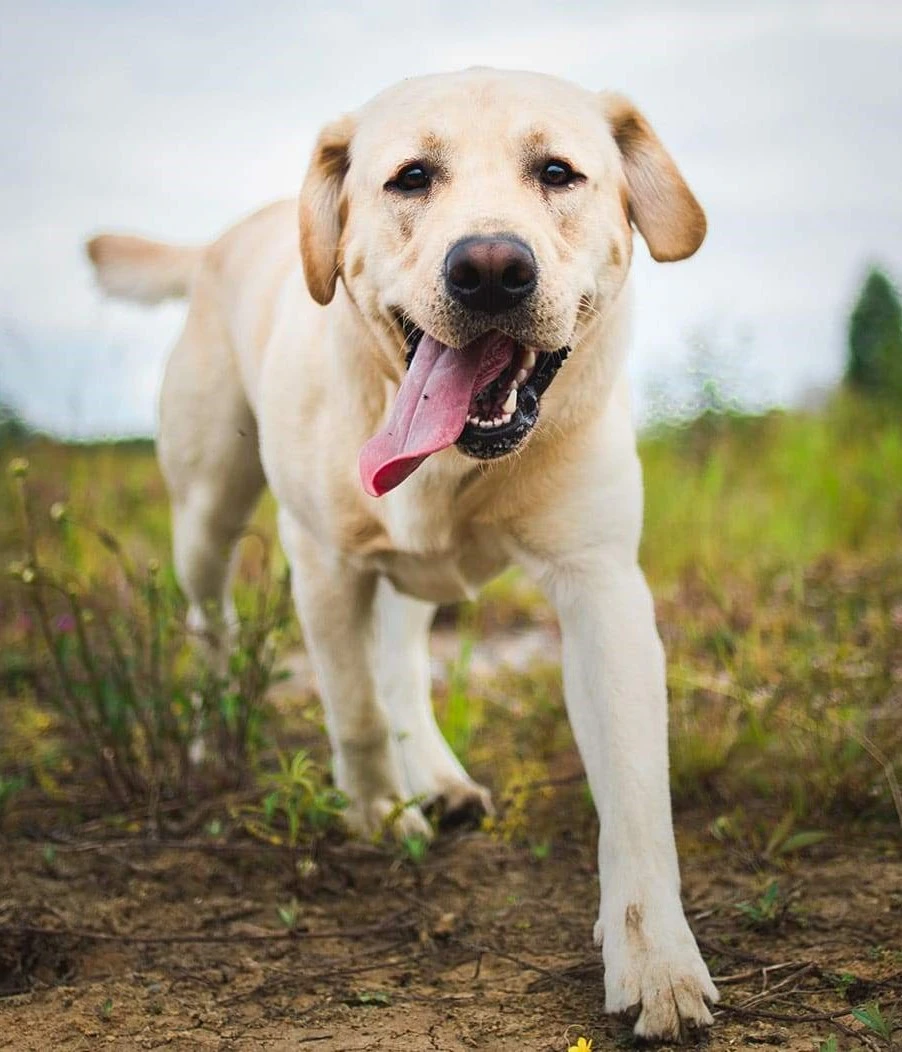
Hip & Elbow Dysplasia:
Labradors are prone to hip dysplasia and elbow dysplasia, mostly in larger dogs. These cause joint pain and trouble walking.
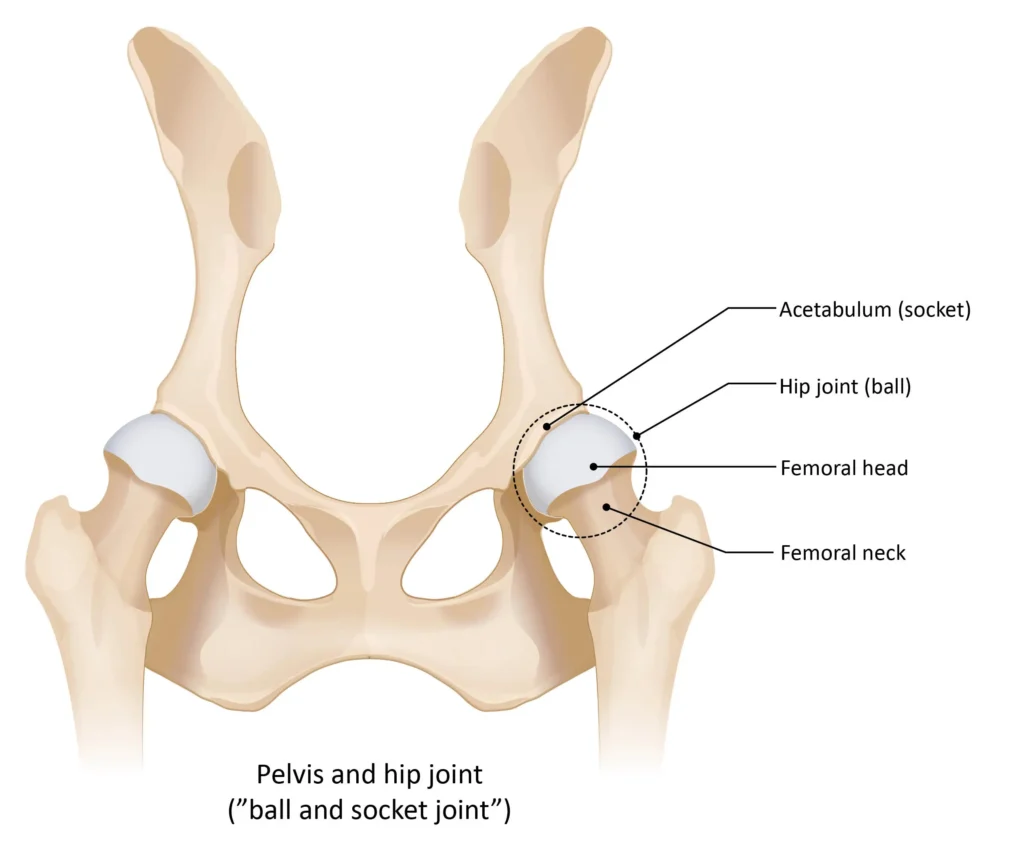
Eye Problems:
Progressive retinal atrophy, cataracts, corneal dystrophy, and retinal dysplasia are common eye diseases.

Exercise-Induced Collapse (EIC):
This is commonly observed in young adult Labradors. It can cause hyperthermia, weakness, collapse, and disorientation after short exercise. DNA test helps breeders find carriers.
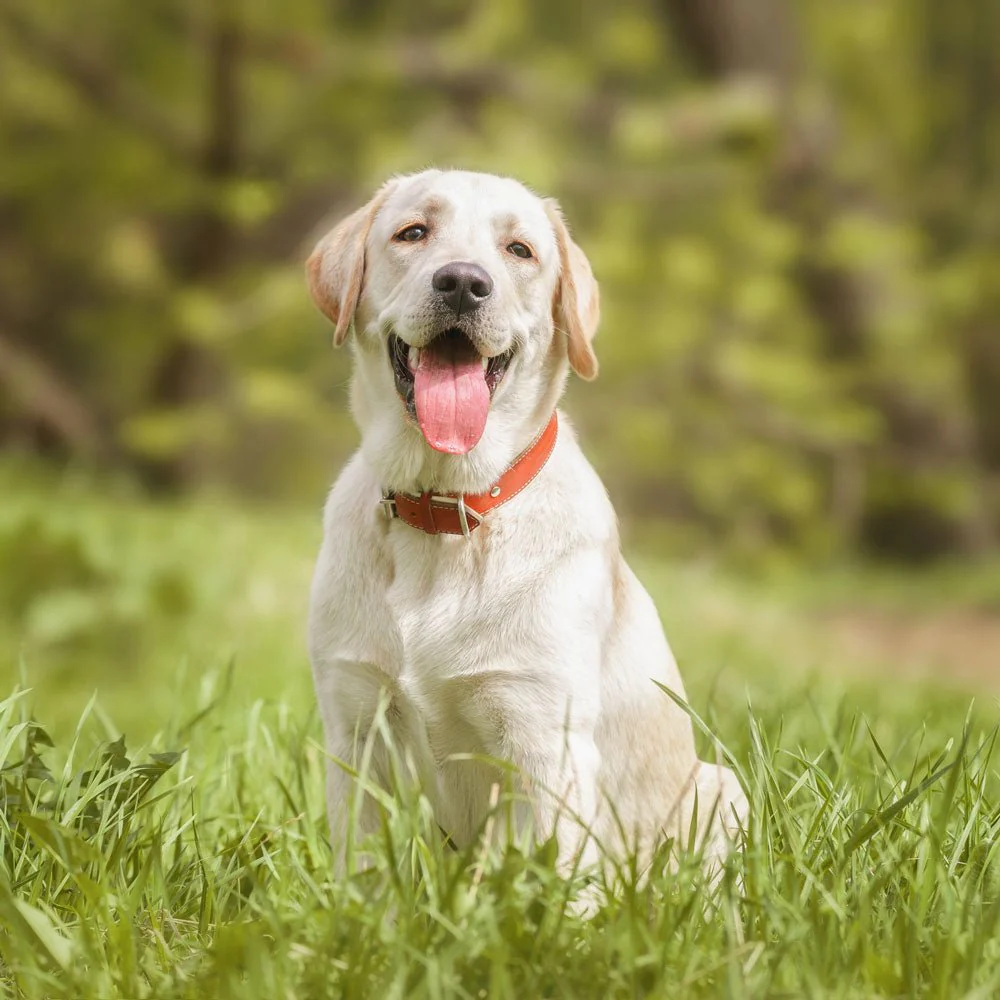
Heart & Muscle Issues:
Some Labradors get heart disorders or hereditary myopathy, which means muscle weakness.

Bloat:
Large, deep-chested Labradors are at risk for bloat, a potentially life-threatening stomach condition. Owners should know the symptoms.

Liver Problems:
Labradors have a predisposition to chronic hepatitis, reactive hepatitis, nodular hyperplasia, and gall bladder disease.

Ear Infections
Because of floppy ears and swimming, ear infections are common. Symptoms: redness, brown or yellow debris, odor, head shaking, head tilt, pawing, rubbing ears on carpet or furniture.

Labrador Retrievers are friendly, outgoing, and eager-to-please dogs that bond deeply with their families. They’re affectionate with kids, other pets, and even strangers, although their playful energy means supervision is wise with young children. Intelligent and highly trainable, Labs excel in roles like service, therapy, and hunting. They love water, retrieving, and staying active, but without enough exercise and mental stimulation, they can become hyper or destructive. Their mix of patience, playfulness, and energy makes them one of the best family and working dogs.
One of the most striking things about Labradors is their sociable nature. This breed is naturally welcoming and often very happy to meet a new human or even other dogs. While some breeds can be reserved or cautious depending on the location, Labradors are more likely to stay warm and friendly once a family has accepted a visitor into the house. I’ve noticed their tendency to react quickly—sometimes they’ll alert you to a potential threat, whether it’s the mailman, a squirrel outside the window, or simply someone passing by. With the right guidance, they learn to greet people calmly, showing both their love and natural ability to adapt to different day-to-day life situations.
What makes them stand out further is their enthusiastic attitude toward play. Even beyond puppyhood, Labradors often enjoy tug-of-war, fetch, or a quick romp in the yard, well into their adult years. At home, they might happily relax on the couch, but their high energy levels mean they still need plenty of mental and physical stimulation. In my experience, keeping them engaged through activities not only prevents boredom but also helps them adjust smoothly to variations in living conditions, noise, weather, or changes in a daily schedule. For active homes, Labradors’ balance of playfulness, adaptability, and steady temperament makes them a joy to raise.
The Labrador retrievers we know today are often seen as energetic, intelligent, friendly, and sociable. They are naturally active, playful, and good-natured, which is why they thrive when given plenty of physical exercise, mental exercise, attention, and affection. What makes them even more special is their gentle side and ability to show adaptability, making them suitable for different living environments as long as they receive adequate exercise and proper care. From my own experience, a Labrador will happily join in a game of fetch but is just as content lying by your side after a long walk.
Their predecessors can be traced back to the early 1800s when the breed first originated in Newfoundland rather than Labrador. These dogs, known as the St. John’s water dog or lesser Newfoundland, were trusted on fishing boats because of their prowess in the water, strong work ethic, and naturally friendly nature. Over time, genetics, lineage, and other factors like diet helped shape their size, build, and healthy weight. Generally, males are larger and heavier than females, but no matter their size, they carry the same lovable qualities that make them one of the most adored dogs in the world.
Without enough activity, a Lab may get hyperactive, show destructive behavior, and build up pent-up energy.
They love retrieving, swimming, joining hunting trips, and even field trials.
Many enjoy canine sports like agility, obedience, tracking, and dock diving.
Thanks to their physical strength and high energy, they also do serious work like search-and-rescue, drug detection, bomb detection, and helping as service dogs or assistance dogs.
A healthy routine is at least an hour of play, family activities, or walks to keep them happy, avoid obesity, and protect their health as they age.
Puppies are athletic dogs, and if you train correctly while they’re young, they learn fast.
It’s highly recommended to participate in puppy training or obedience training classes.
Early socialization with people, pets, and new situations (from 7 weeks to 4 months) helps prevent bad behaviors like biting, chewing objects, or eating random items that can worsen over time.
Labs are smart, eager to please, and respond best with positive reinforcement.
Some get specialized training for search and rescue or even become therapy dogs because they are devoted, intelligent, and great companions.
Labradors have a thick, short, dense, double coat that is water-repellent and sheds year-round.
Frequent brushing about two or three times a week helps manage loose hair in the home and keeps the coat clean.
Give occasional baths, making sure they are fully dried after swimming to avoid skin infections.
A grooming routine should include: nails trimmed regularly (about every month), teeth brushed daily, and check ears weekly for dirt, debris, or infection.
With regular care, balanced diet, daily walks, and playtime, they stay healthy, fit, and happy.
Don’t forget routine veterinary checkups to watch for issues like exercise induced collapse, hyperthermia, weakness, disorientation, and even the proopiomelanocortin gene that may cause overeating.
Labradors have a protective layer of fur that keeps them comfortable in both wet and cold conditions.

Not Recommended
How well this breed usually gets along with other dogs. Even friendly dogs should be watched when meeting new ones, but some breeds are naturally better at making doggy friends at home or outside.

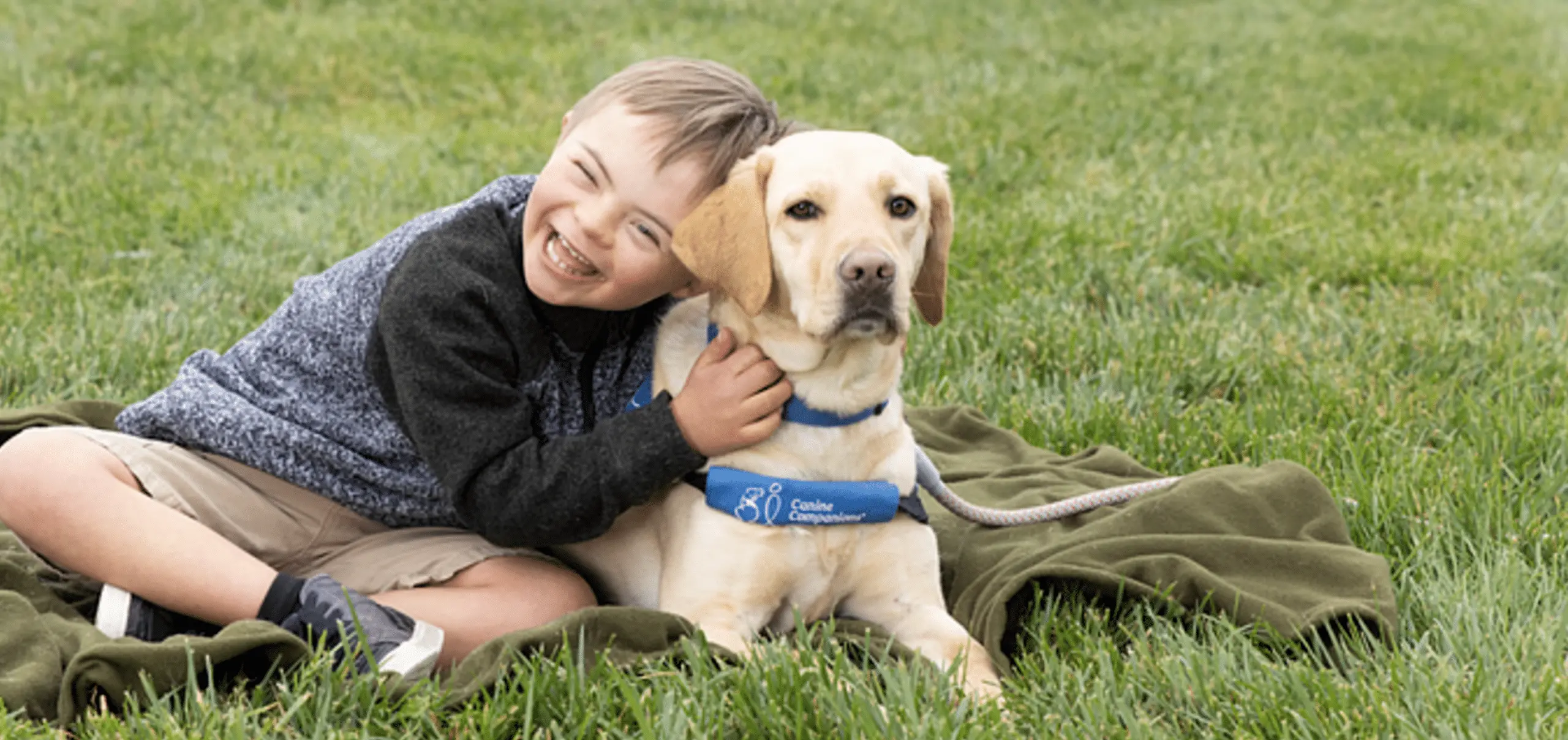
Not Recommended
This describes how patient and tolerant a breed is with kids. Some dogs are naturally more gentle and easygoing, making them great family pets. Others may need more supervision or training to be comfortable around children. No matter the breed, dogs should always be supervised when playing with young children, especially kids who aren’t used to being around dogs.
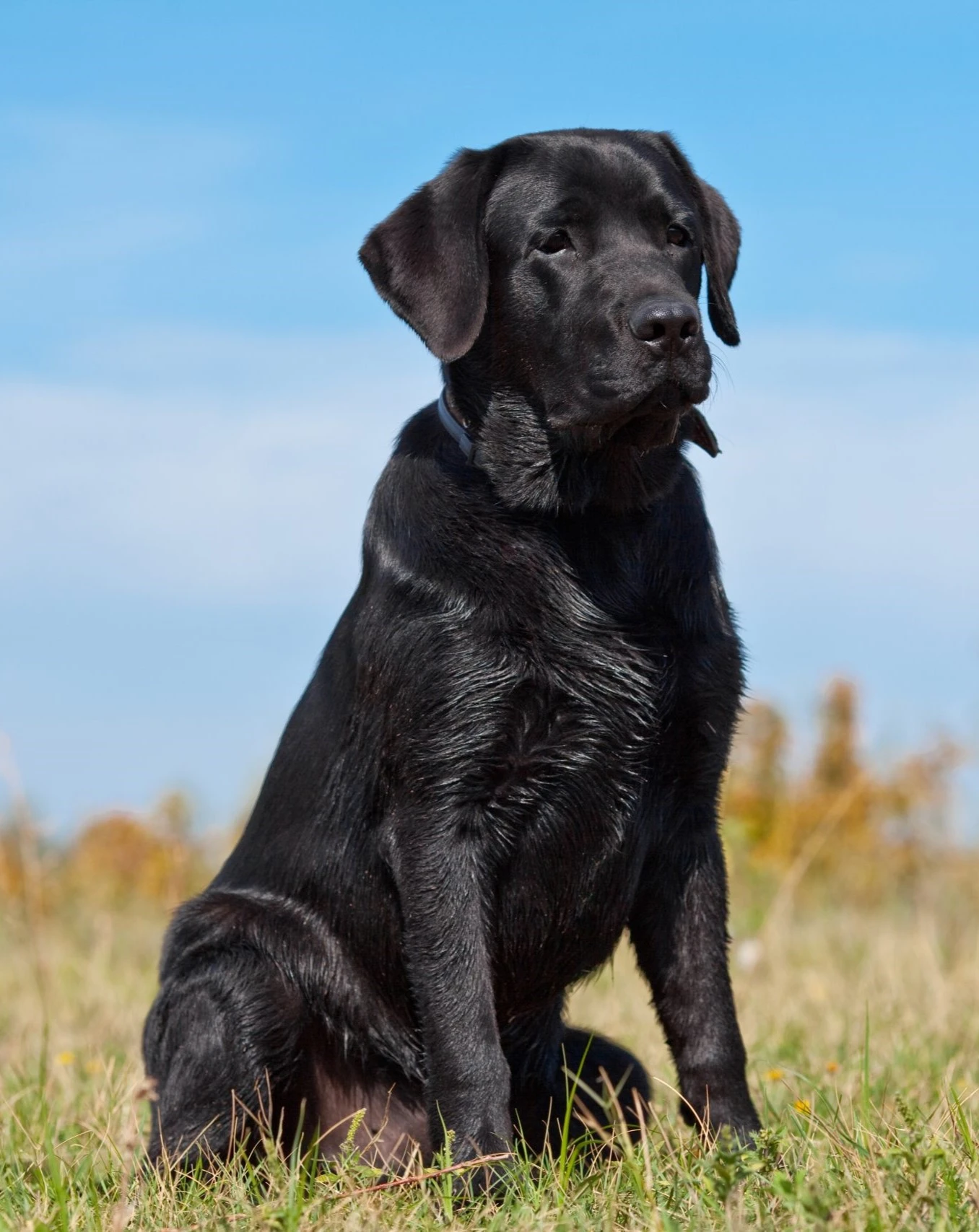


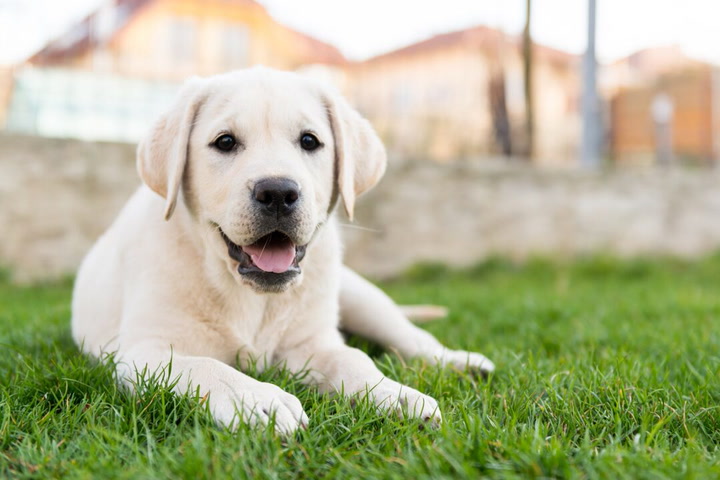
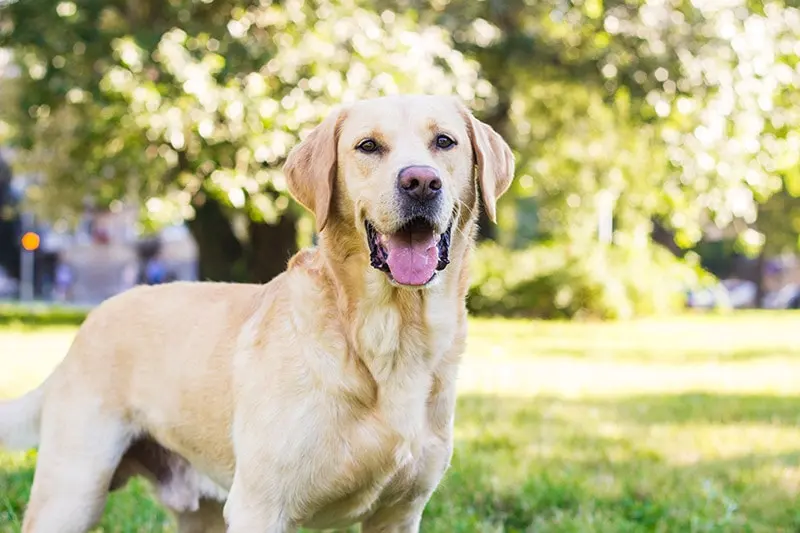





In the early 1800s, the Labrador Retriever came from Newfoundland, Canada, where it worked as a duck retriever and a fisherman’s mate. These dogs were strong swimmers in the icy waters of the North Atlantic, protected by a short, dense, weather-resistant coat and guided by their otter tail like a rudder.
By the 19th century, British breeders in England refined the breed and set the breed standard, focusing on both looks and temperament. Labs became known as kindly, outgoing, gentle, and eager to please, making them an ideal family dog. They were officially recognized by the Kennel Club (1903) and the AKC (1917), and since 1991 they have remained America’s favorite breed for over 31 years.


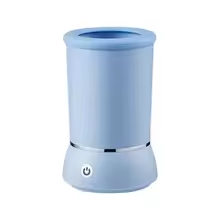




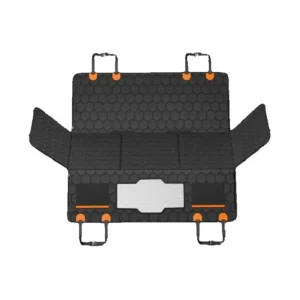


Labrador Retrievers are outgoing, friendly, and playful, making them beloved family dogs that get along well with kids and fit naturally into homes where people are active and engaged. They’re easy to train, intelligent, and have a strong desire to please—perfect for families who want a dog that’s both loving and responsive to training.
However, Labradors are high-energy dogs that need plenty of exercise—at least an hour a day or more. Without proper physical and mental stimulation, they can become bored, destructive, or stressed. They also shed a lot and can be prone to weight gain, so grooming, portion control, and regular vet checkups are important to keep them healthy.
If your lifestyle includes outdoor time, you enjoy play and training sessions, and you’re ready to give a dog plenty of attention, a Labrador can be an amazing companion. They make great partners for active families or anyone who wants a loyal, energetic friend—just make sure your home can match their energy and love for life.
The Labradors are energetic and active dogs that need daily exercise, mental stimulation, and plenty of attention from their families. They love being outdoors, enjoy long walks, swimming, and playtime. Regular grooming and a balanced diet are also important since they can gain weight quickly and shed year-round. Labrador Retriever is an exuberant, energetic breed that needs exercise every day.
Labs are best for families with children, active individuals, or owners who can spend time with them and include them in daily life. They’re friendly, intelligent, and eager to please, making them great companions for both first-time dog owners and experienced ones. A Labrador is happiest with people who give them love, structure, and training.
Labradors adapt well to different living environments as long as they get enough exercise and care. They can live comfortably in houses with yards or even in apartments, provided they get regular outdoor activity. Their gentle and sociable nature makes them suitable for family homes, countryside living, or city life with an active owner.
Labrador Retrievers are friendly, loving, and intelligent dogs that thrive when they’re part of an active family. With proper training, socialization, and enough daily exercise, they adapt well to many lifestyles—from family homes to apartments. They aren’t typically aggressive, get along well with kids, and bring endless joy with their playful and gentle nature. As long as their energy, grooming, and health needs are met, a Labrador can truly be the perfect lifelong companion.